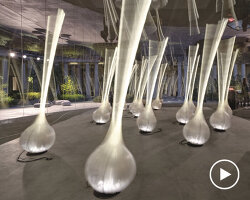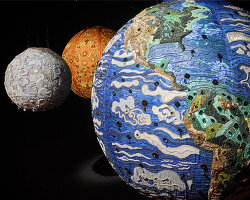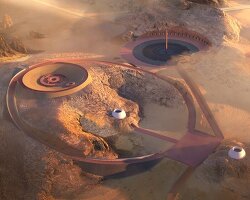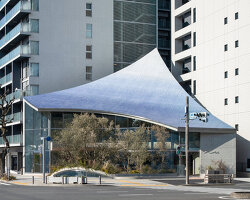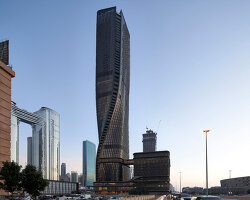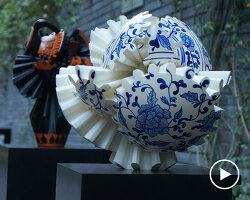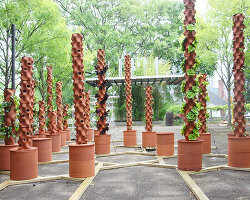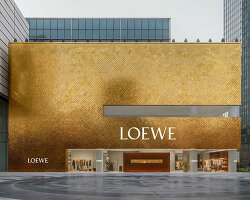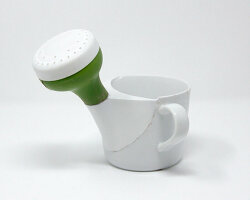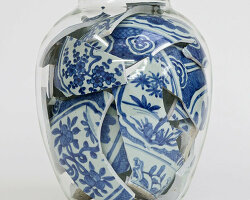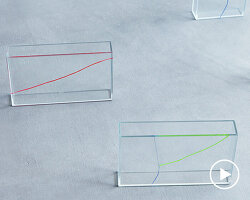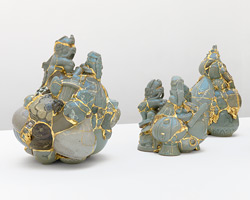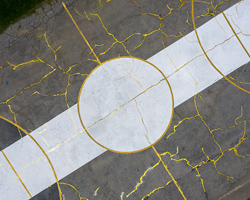
bouke de vries, tobacco jar garniture, 2020,contemporary glass following the original form of its contents; three 18th century blue and white dutch delft vases with brass lids and marble bases
KEEP UP WITH OUR DAILY AND WEEKLY NEWSLETTERS
sara shakeel talks the role of AI in contemporary art, the human impulse to materialize digital ideas, and the emergence of phygital works.
outdoor subterranean oculi, called skyspaces, will frame the shifting hues of the sky to reveal phenomena rarely visible to the naked eye.
visionary director and artist david lynch has passed away on january 16th, 2025, at the age of 78.
connections: +110
the largest exhibition dedicated to the artist in france is now on view at the grand palais in paris, bringing together large-scale installations, sculptures, photographs, drawings, performance videos and archive documents.
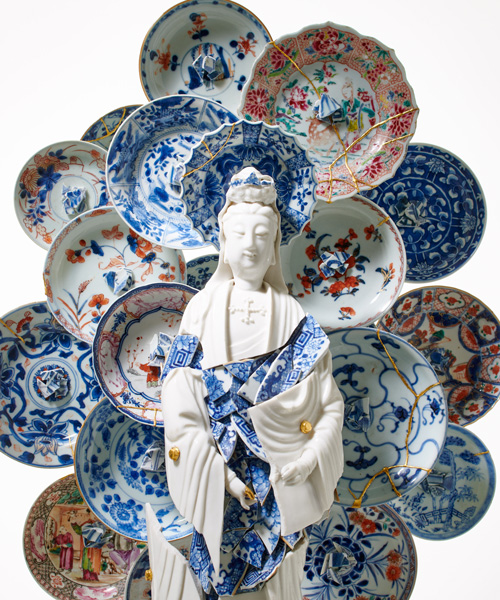
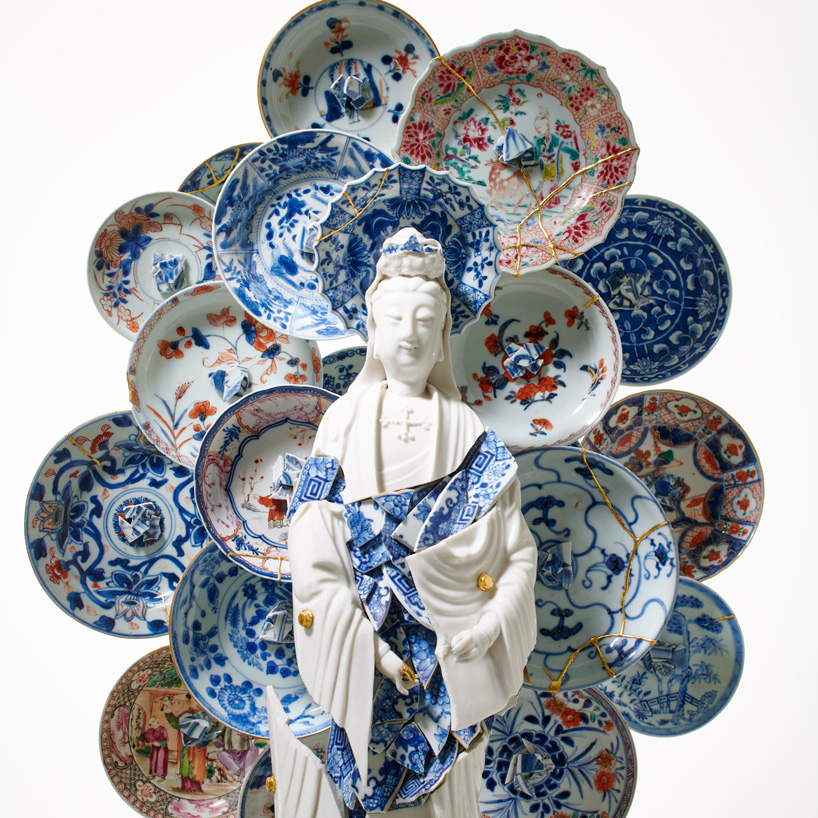 bouke de vries, guan yin with a nimbus of saucers, 2019, 18th century chinese blanc de chine porcelain figure, 18th century chinese porcelain fragments and wooden base
bouke de vries, guan yin with a nimbus of saucers, 2019, 18th century chinese blanc de chine porcelain figure, 18th century chinese porcelain fragments and wooden base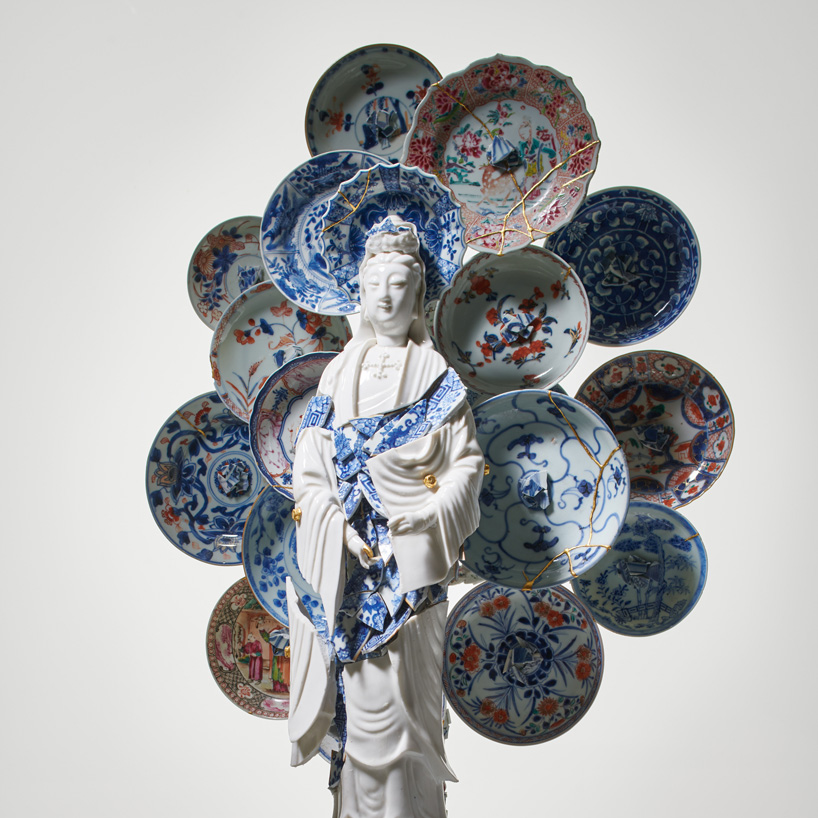 bouke de vries, guan yin with a nimbus of saucers, 2019, 18th century chinese blanc de chine porcelain figure, 18th century chinese porcelain fragments and wooden base
bouke de vries, guan yin with a nimbus of saucers, 2019, 18th century chinese blanc de chine porcelain figure, 18th century chinese porcelain fragments and wooden base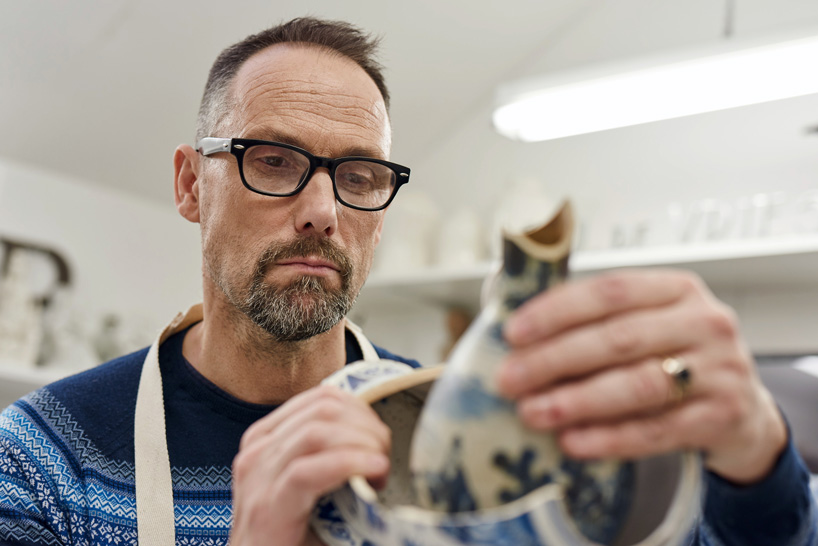
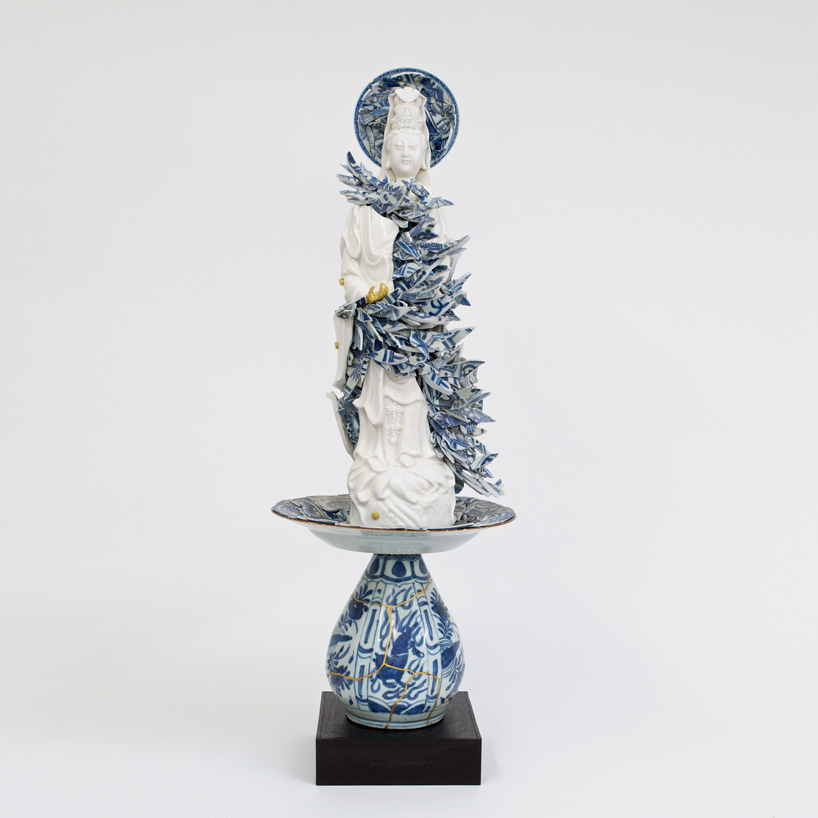 bouke de vries, guan yin in a cloud of shards, 2019
bouke de vries, guan yin in a cloud of shards, 2019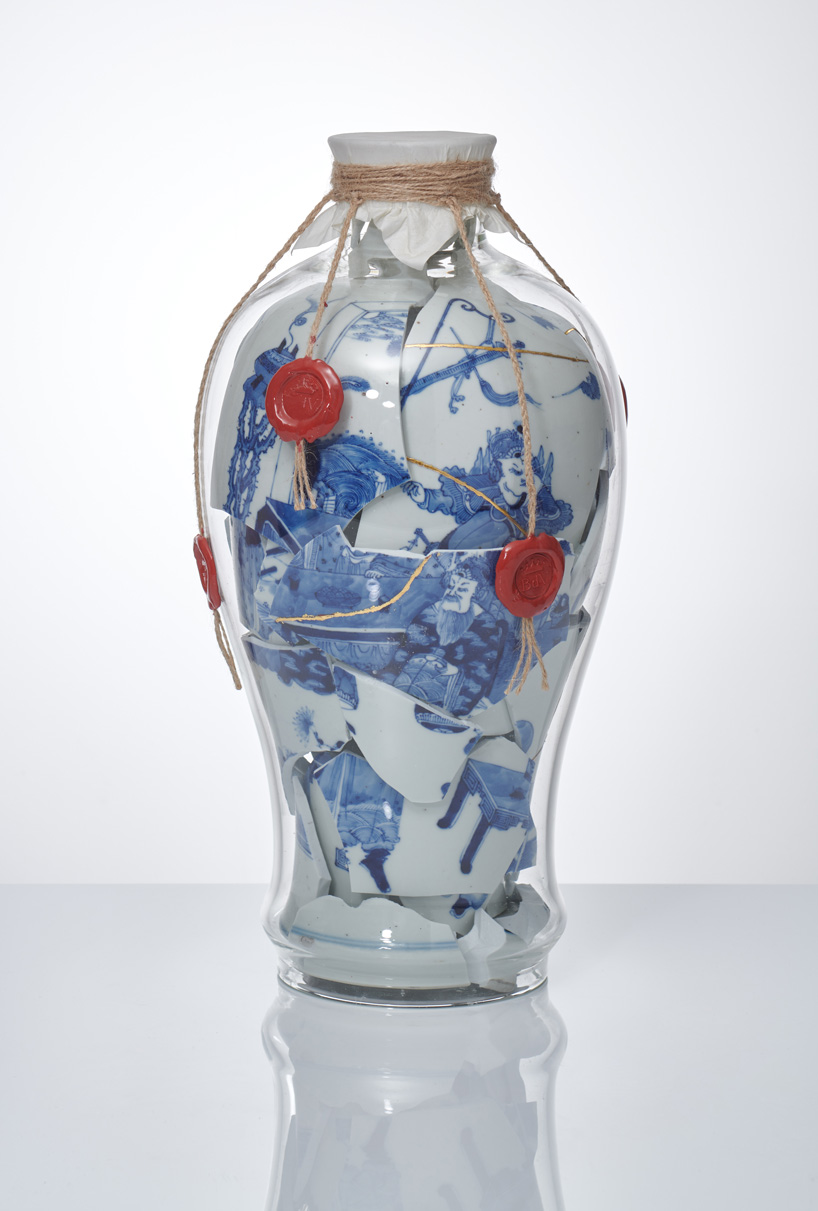 bouke de vries, memory vessel lxvii, 2020, contemporary glass following the original form of its contents; the collected remains of an 18th century qing dynasty chinese porcelain vase with parchment paper cover
bouke de vries, memory vessel lxvii, 2020, contemporary glass following the original form of its contents; the collected remains of an 18th century qing dynasty chinese porcelain vase with parchment paper cover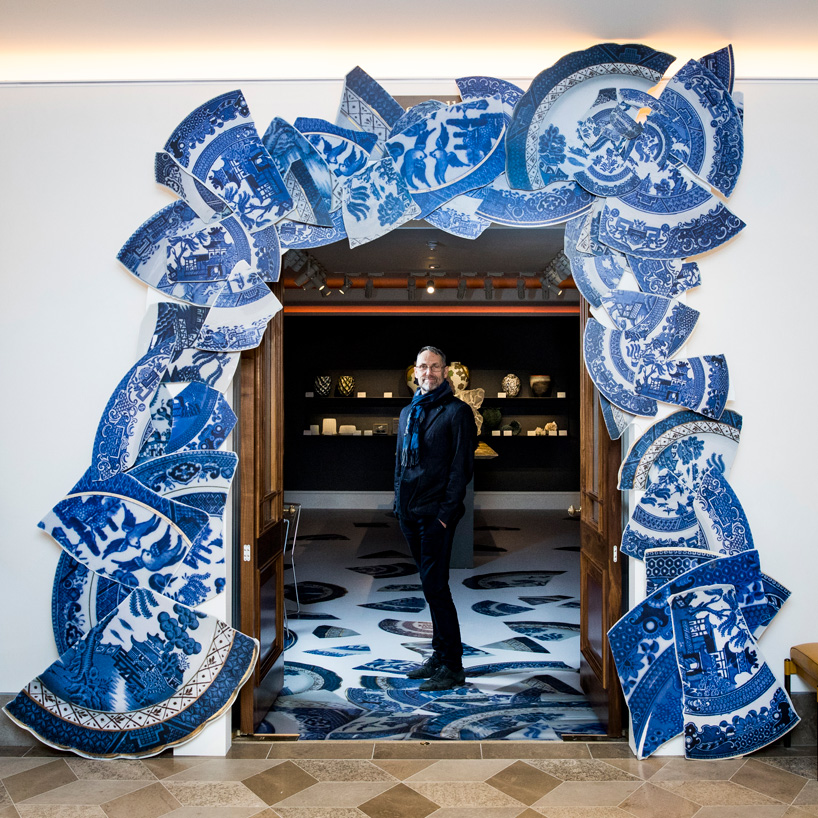 the entrance piece at sotheby’s, london
the entrance piece at sotheby’s, london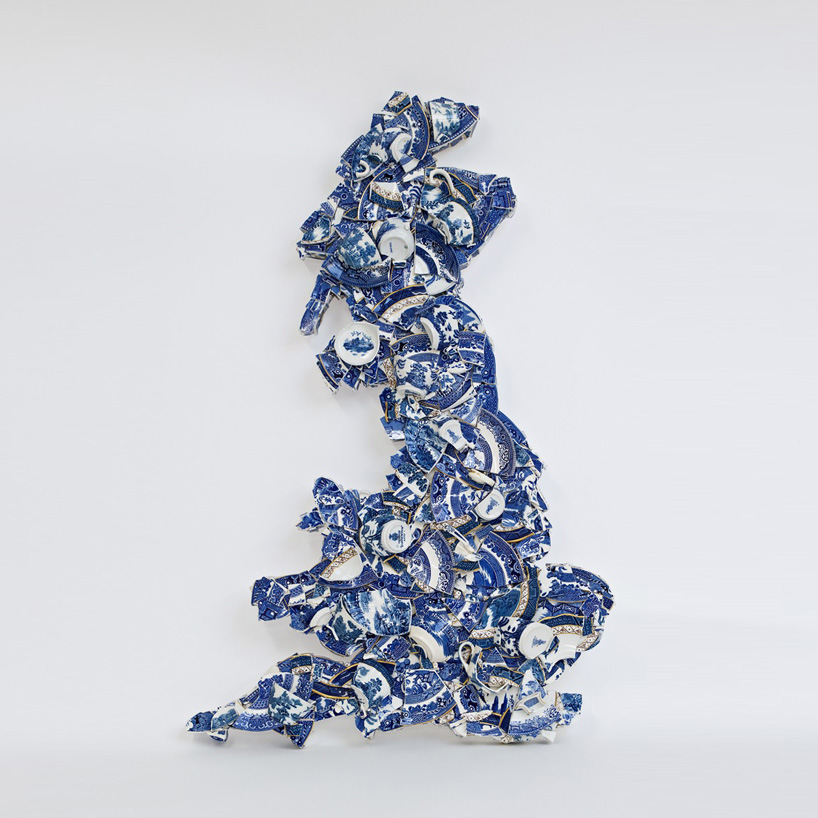 bouke de vries, homeland britain ii, 2020, 20th century blue and white english earthenware fragments
bouke de vries, homeland britain ii, 2020, 20th century blue and white english earthenware fragments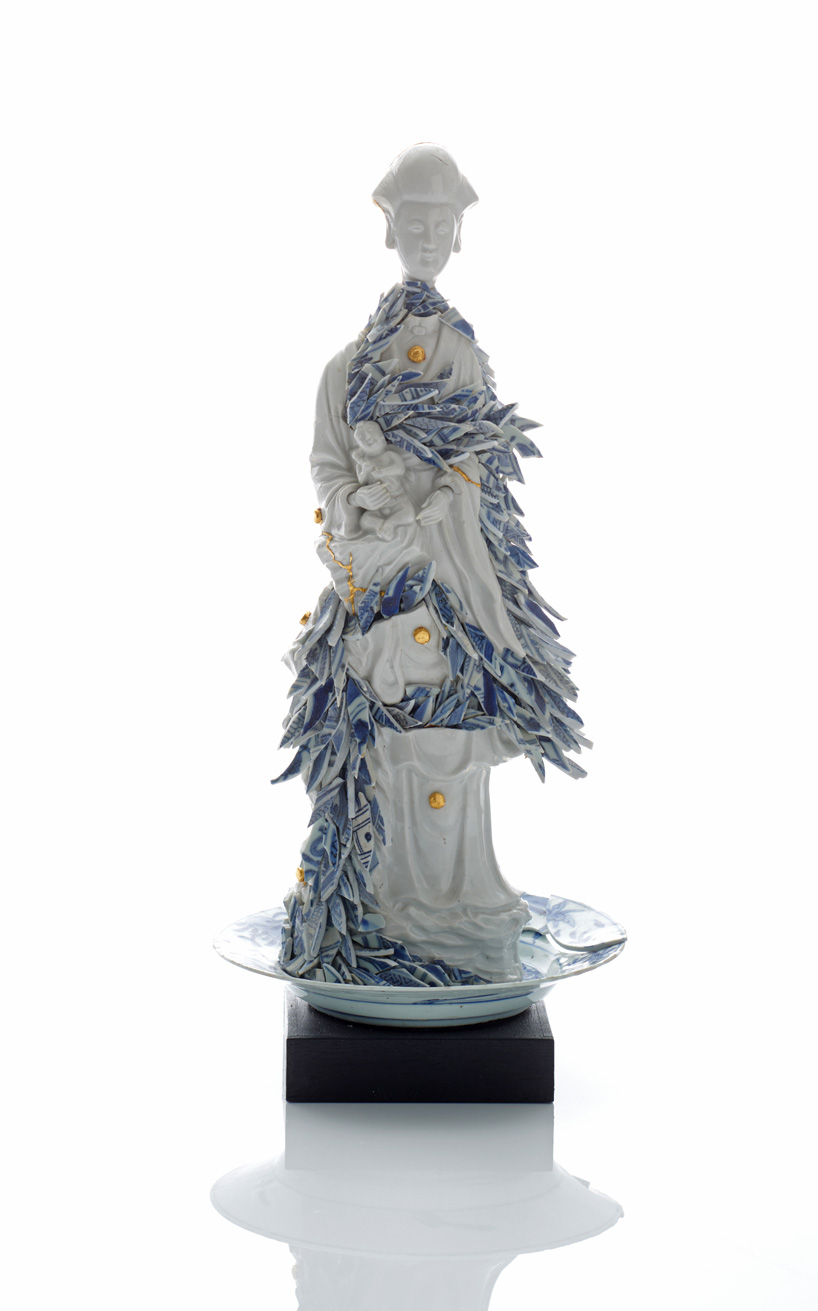 bouke de vries,guan yin with porcelain shards, 2020, late 17th century kangxi chinese blanc de chine porcelain figure, early 17th century chinese ming dynasty porcelain fragments and wooden base
bouke de vries,guan yin with porcelain shards, 2020, late 17th century kangxi chinese blanc de chine porcelain figure, early 17th century chinese ming dynasty porcelain fragments and wooden base bouke de vries,guan yin with porcelain shards, 2020, late 17th century kangxi chinese blanc de chine porcelain figure, early 17th century chinese ming dynasty porcelain fragments and wooden base
bouke de vries,guan yin with porcelain shards, 2020, late 17th century kangxi chinese blanc de chine porcelain figure, early 17th century chinese ming dynasty porcelain fragments and wooden base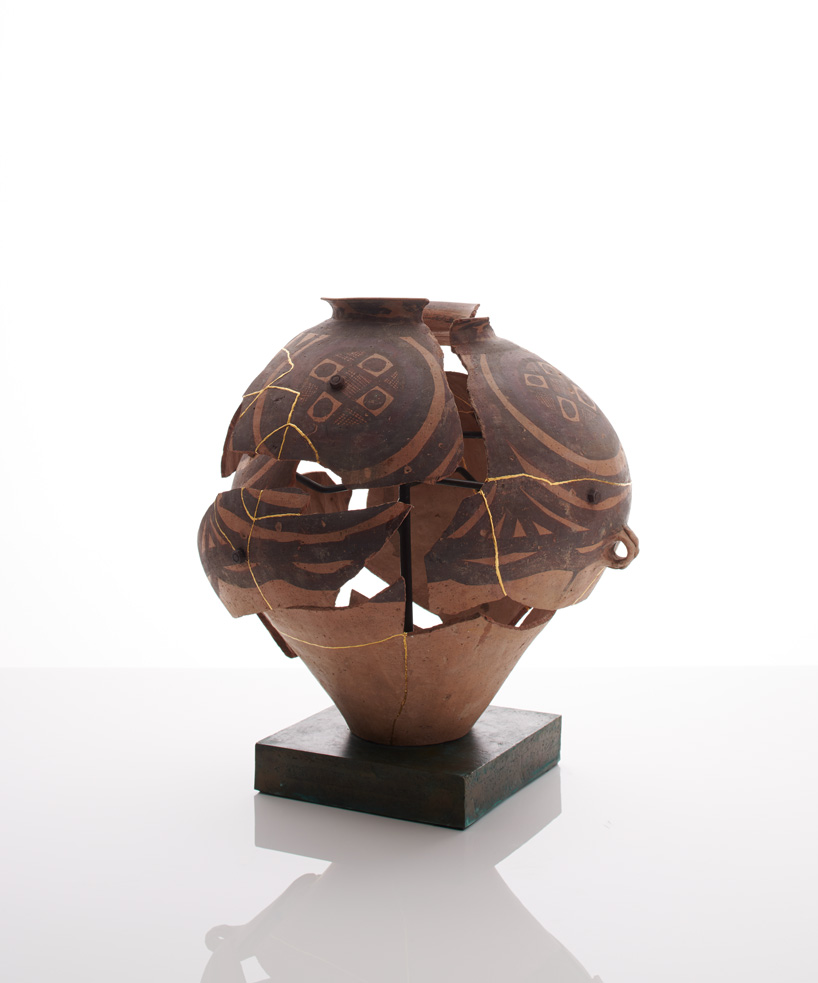 bouke de vries, deconstructed neolithic machang jar, 2019 2,500-2,000 BC chinese earthenware jar on a bronze base
bouke de vries, deconstructed neolithic machang jar, 2019 2,500-2,000 BC chinese earthenware jar on a bronze base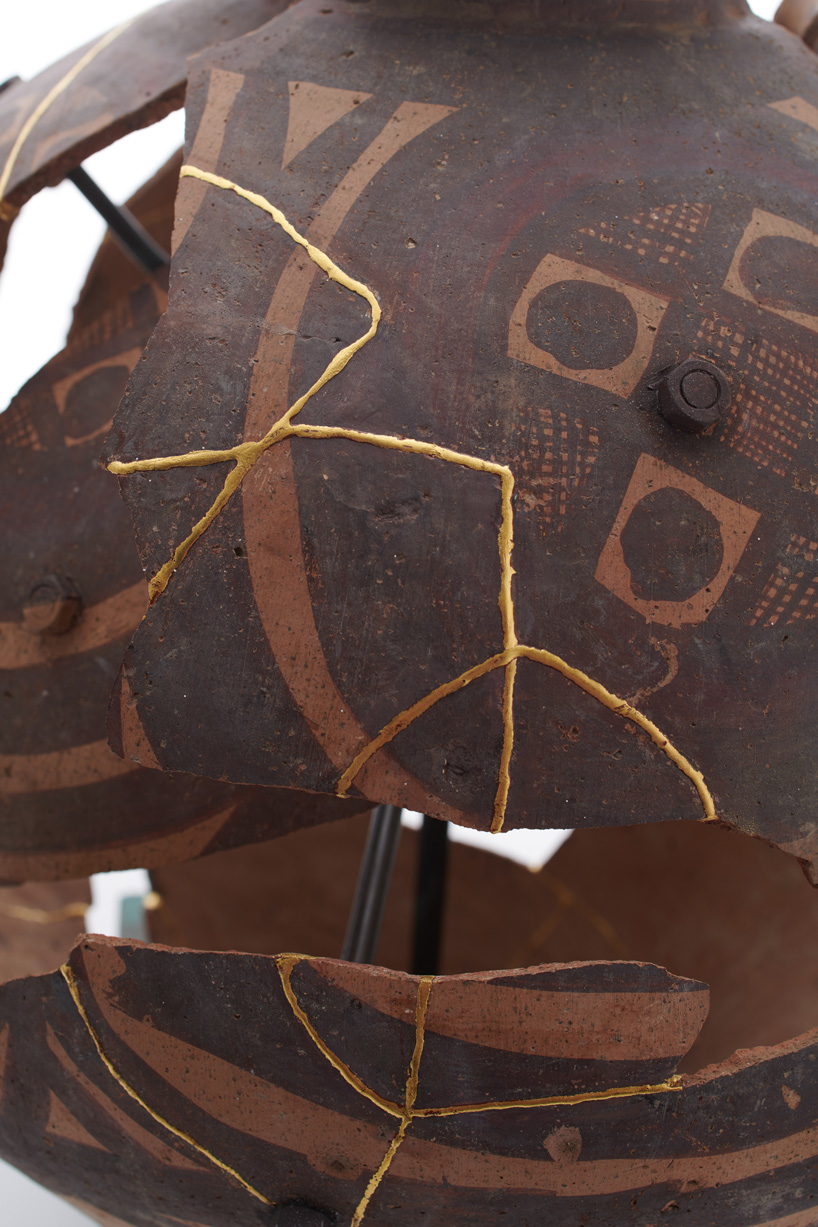 bouke de vries, deconstructed neolithic machang jar (detail), 2019 2,500-2,000 BC chinese earthenware jar on a bronze base
bouke de vries, deconstructed neolithic machang jar (detail), 2019 2,500-2,000 BC chinese earthenware jar on a bronze base